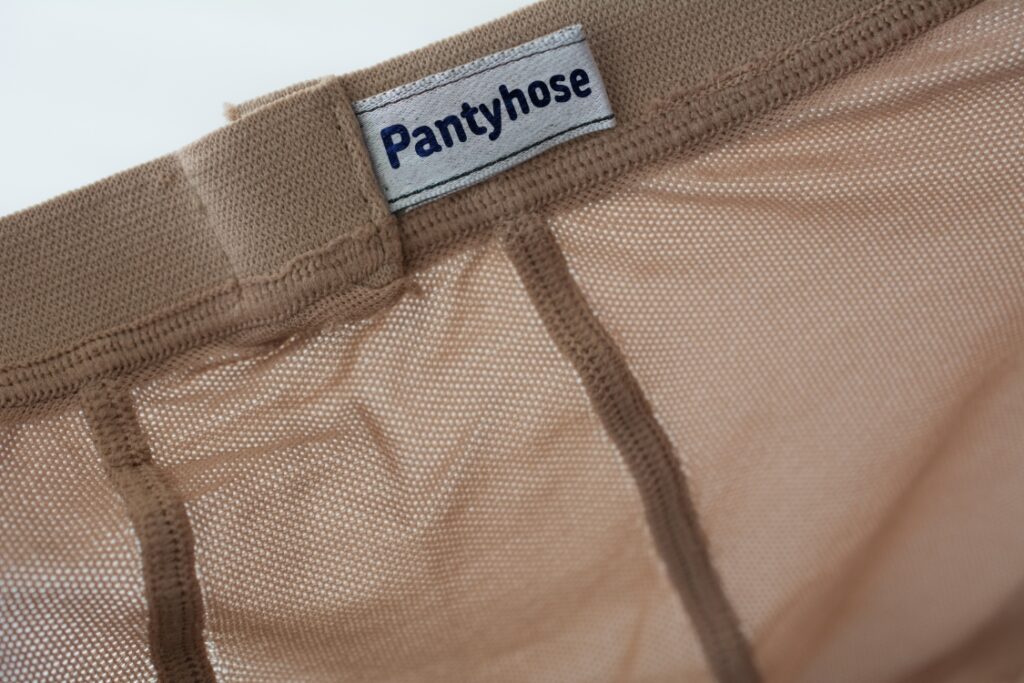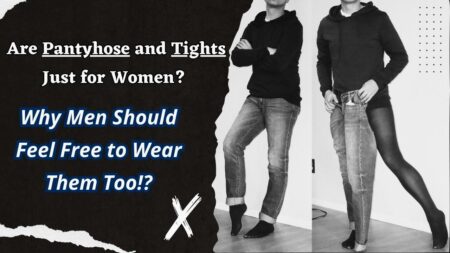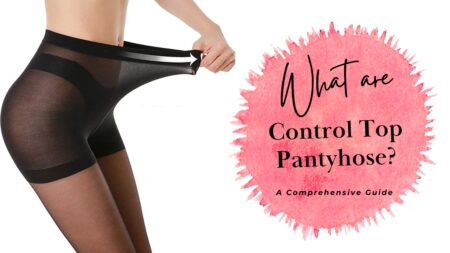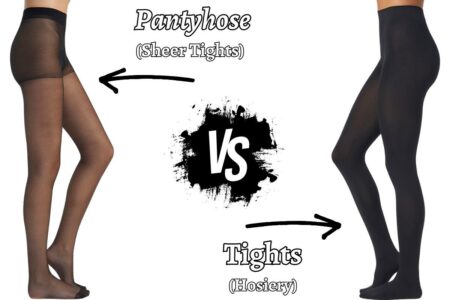“Like the intricate weaving of pantyhose threads, the process of creating these delicate garments is a testament to the artistry and precision of modern manufacturing.”
How Are Pantyhose Made of?
When it comes to hosiery, pantyhose are a staple in many women’s wardrobes. The word pantyhose refers to the sheer, undergarment legwear that covers the legs and hips. They are sheer, meaning that they are thin and translucent, allowing the skin to show through. This makes them a popular choice for dressy occasions such as parties and weddings or for formal events as they provide a polished and put-together look
But have you ever wondered how these “Sheer Tights” are made? From raw materials to finished product, this guide will take you through the process of how pantyhose “Sheer Tights” are made.
The Raw Materials Used to Make Pantyhose
The first step in making pantyhose is selecting the right materials. Most pantyhose are made of a blend of synthetic fibers such as nylon, spandex, and Cotton. These materials are chosen for their durability, stretchiness, and ability to hold their shape over time.
- The primary material used in pantyhose is nylon, a synthetic polymer that is known for its strength and elasticity. Nylon is a popular choice for hosiery because it is lightweight, durable, and stretchy. It can be woven into different patterns and textures, providing a variety of options for pantyhose design.
- In addition to nylon, pantyhose also contain spandex, a synthetic fiber that is known for its stretchiness. Spandex is added to the nylon to provide extra elasticity, allowing the pantyhose to stretch and fit comfortably against the skin. The amount of spandex used in pantyhose varies depending on the desired level of stretchiness.
The blend of these two materials result in durable and flexible pantyhose that can withstand constant wear and wash, resist tears and runs and maintain their shape
- Cotton is another material used in some pantyhose. Cotton is a natural fiber that is soft and breathable, making it a comfortable choice for hosiery. However, cotton is not as stretchy as nylon or spandex, so it is typically used in combination with these materials to provide added comfort and breathability.
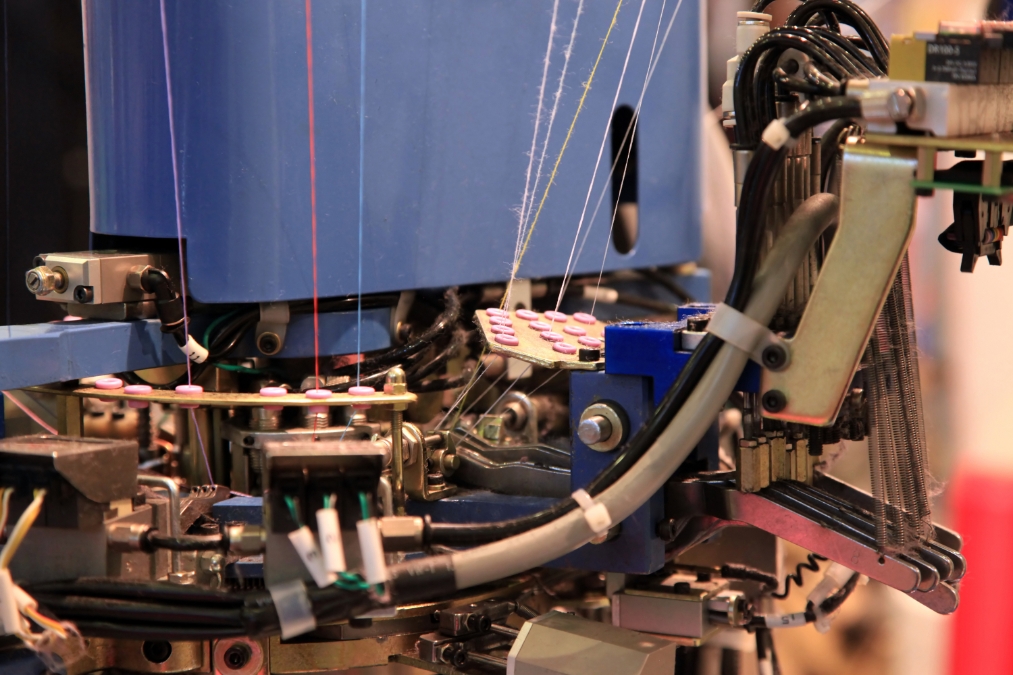
Manufacturing Process of Pantyhose
The Knitting Process
After choosing the right raw materials, the next step in the process of making pantyhose is the knitting.
Pantyhose are crafted using a specialized machine called a hosiery machine. This machine uses a combination of needles and yarn to create a seamless tube of fabric
The yarn is fed into the machine and then woven into the desired pattern, with different machines used for different styles and thicknesses of pantyhose
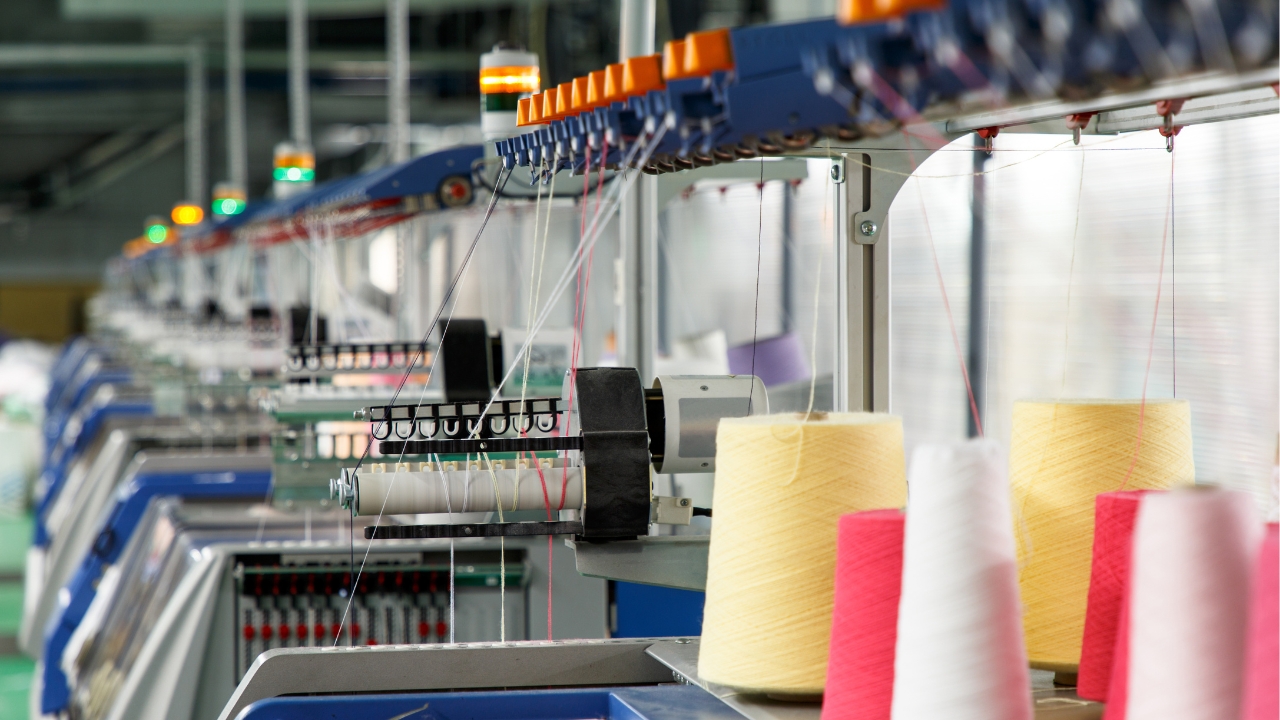
The Dyeing Process
Once the knitting process has been realized, the pantyhose are dyed according to the desired color. In this step, you can immerse the pantyhose in a dye bath or use a spray-dye process
After that, the pantyhose are dried and inspected for any imperfections or defects (incorrect dye color)
The Cutting and Sewing Process
After The Pantyhose have been dyed, dried and inspected for any weaknesses they are then cut to the desired length and, the waistband and feet are sewn on.
The waistband is typically made of a ribbed knit material that is soft and comfortable against the skin while the feet are reinforced to prevent holes and provide additional durability and support
The Testing Process
This step is the most important, pantyhose are subjected to a number of tests to ensure their quality and performance Some of these tests contain stretch tests, abrasion tests and durability tests
During these tests, inspectors are committed to check the pantyhose for any imperfections like holes, runs, incorrect dye color, or tears. If any of these issues are found, the pantyhose are either fixed or discarded
The Packaging Process
When the finished products met industry standards and customer expectations it’s then high time to pass to the final step in the process of making pantyhose which is – Packaging
The pantyhose are folded carefully and packaged gently into individual units. Each package consists of information about the pantyhose: The size, the color and some care instructions
Our product is ready now to be distributed to retailers
Conclusion:
We have now got a general idea of the real process of how to make pantyhose.
From selecting the right raw materials to packaging, each step has its own properties and plays a crucial role in ensuring that pantyhose conform to industry standards and meet the consumers’ aspirations.
Frequently Asked Questions (FAQs)
Here are some frequently asked questions about how pantyhose are made:
-
Q1: What Was The Original Purpose of Pantyhose?
A: Pantyhose, also known as tights or hose, were originally designed and marketed as a more convenient alternative to stockings and garter belts for women. The invention of pantyhose is attributed to Allen Gant Sr. in 1959, who was inspired by his pregnant wife’s discomfort with traditional stockings and garter belts.
Prior to pantyhose, women had to wear separate stockings and garter belts to keep their stockings up. This was not only cumbersome and uncomfortable, but it also created a fashion dilemma. Women had to be careful not to reveal their garter belts and stocking tops when they sat down or crossed their legs.
-
Q2: What Materials Are Used to Make Pantyhose?
A: Most pantyhose are made of a blend of synthetic fibers such as nylon, spandex, and Cotton. These materials are chosen for their durability, stretchiness, and ability to hold their shape over time.
-
Q3: How is The Waistband Added to The Pantyhose?
A: The waistband is typically made of a thicker, more elastic material than the rest of the pantyhose to ensure that it stays in place. It is sewn onto the top of the tube using a special machine that can stretch the waistband as it is sewn, ensuring a comfortable fit.
-
Q4: Why Are Reinforcements Added To Pantyhose?
A: Reinforcements are added to certain areas of the pantyhose, such as the toes, heels, and thighs, to increase their durability and prevent tearing or wearing out. Reinforcements also provide extra support and comfort.
-
Q5: Can Pantyhose Be Recycled?
A: Most pantyhose are not recyclable due to the blend of synthetic fibers used in their manufacturing process. However, some companies are experimenting with eco-friendly materials and production methods to create more sustainable pantyhose options.
-
Q6: Are Pantyhose Only for Women?
A: While pantyhose are traditionally marketed towards women, there are also pantyhose designed specifically for men.
-
Q7: What Sizes Do Pantyhose Come In?
A: Pantyhose come in a range of sizes, from petite to plus sizes, catering to different body types and preferences. It’s important to choose the right size to ensure a comfortable and flattering fit.
-
Q8: Is Pantyhose Healthy to Wear?
A: Some people wonder whether they are healthy to wear on a regular basis. There is no clear consensus on whether pantyhose are healthy or unhealthy to wear. Some potential benefits of wearing pantyhose include:
- Improving circulation: Some people believe that wearing pantyhose can help improve circulation in the legs by compressing the veins and encouraging blood flow.
- Preventing varicose veins: Similarly, some people believe that wearing pantyhose can help prevent the development of varicose veins, which are enlarged and twisted veins that often occur in the legs.
- Reducing chafing and irritation: Pantyhose can also help reduce friction between the legs and clothing, which can be especially helpful during exercise or long periods of walking or standing.
However, there are also potential downsides to wearing pantyhose, such as:
- Restricting movement: Pantyhose can be tight and constricting, which can make it difficult to move freely and comfortably.
- Trapping moisture: Pantyhose can trap moisture and heat, which can create an environment that is conducive to bacterial or fungal infections.
- Contributing to poor posture: Some people argue that wearing pantyhose can contribute to poor posture, as they can encourage a person to stand or walk in an unnatural way.
Overall, whether pantyhose are healthy to wear likely depends on a variety of factors, such as the individual’s health and lifestyle, the type of pantyhose being worn, and how often they are worn. If a person experiences discomfort or health problems when wearing pantyhose, they may want to consider alternative options or speak with a healthcare provider.




